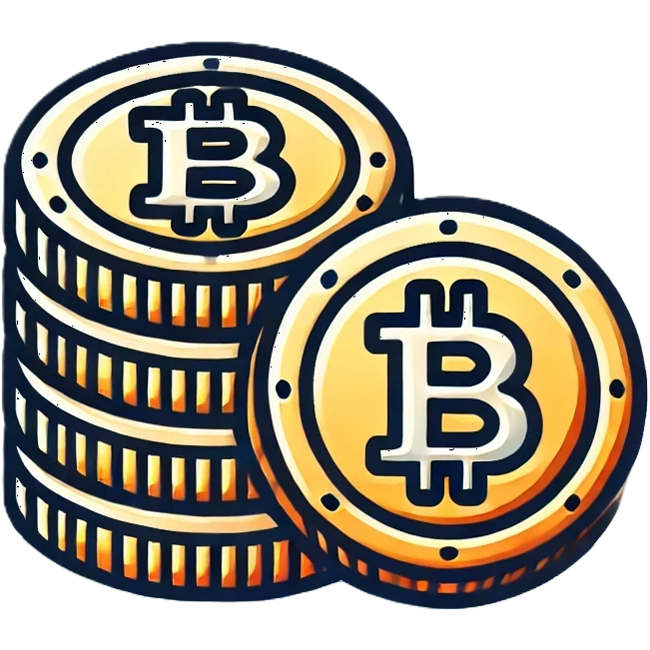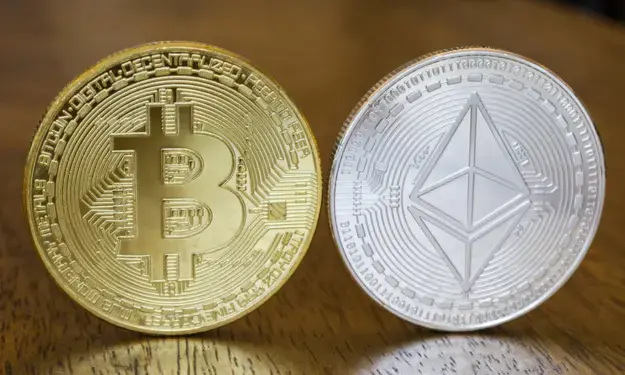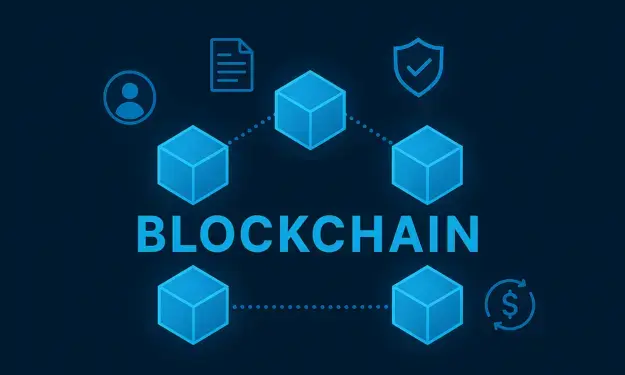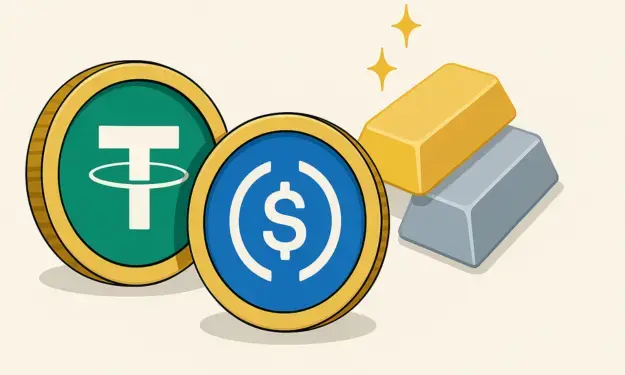Publication date: April 10, 2025
Chainlink (LINK) has been a fixture in the crypto sector for many years and is considered the leading player in the field of decentralized oracles. We previously covered this project in October 2024. You can read that article back here. Meanwhile, 2025 Chainlink's role has continued to grow, particularly within Real-World Asset (RWA) tokenization and the rise of institutional DeFi.
Thanks to major collaborations, revamped infrastructure, and increasing activity on the network, Chainlink is once again gaining relevance. What once began as a way to reliably bring external data such as price information and weather data to blockchains has become an indispensable building block for applications within DeFi, NFTs, and RWA platforms. Well-known networks that we have also previously written about, such as Avalanche, Plume, and Mantra, are now using Chainlink's technology. This underlines Chainlink's central position in the further development of the blockchain ecosystem.

What does Chainlink do uniquely?
Chainlink connects blockchains to the real world through so-called "oracles." These allow smart contracts to access reliable data such as stock market prices, interest rates and even sports results. Without these oracles, blockchains would remain completely isolated, limiting most applications.
The technology behind Chainlink includes:
-
Data Feeds: Real-time price information from assets such as ETH/USD.
-
Proof of Reserve: Verification that stablecoins or tokenized assets truly have underlying value.
-
Cross-chain Interoperability Protocol (CCIP): The recently launched solution for secure communication between blockchains.
Recent developments
In March 2025, a notable development took place within the world of institutional blockchain integration. Chainlink managed to successfully transmit tokenized assets between different blockchains via its proprietary Cross-Chain Interoperability Protocol (CCIP), in cooperation with SWIFT, the global messaging platform for banks. Although this test received little public attention, it was labeled an important milestone within the financial industry. Several major parties, including BNP Paribas, DTCC, and Euroclear, were involved in this pilot, which demonstrates how traditional financial institutions can embrace blockchain technology without having to change their existing systems.
According to the parties involved, this test marks the beginning of what could become an interbank blockchain layer, with Chainlink acting as a standard for secure and reliable communication between networks. This underscores Chainlink's growing role as a link between traditional financial infrastructures and the world of decentralized technology.
In addition to the partnership with SWIFT, Chainlink is further expanding its position within the tokenization landscape. Projects such as Mantra and Plume, both active in the Real-World Assets (RWA) market, use Chainlink to integrate off-chain data and apply Proof of Reserve solutions. This positions Chainlink as a fundamental part of compliant RWA tokenization.
Bank of America has also embraced the power of Chainlink. In early March, it was announced that the bank was using Chainlink Data Feeds in a pilot project on tokenized government bonds in partnership with the U.S. Treasury Department. This move illustrates the growing institutional interest in reliable data connections on the blockchain.
Taken together, these initiatives demonstrate Chainlink's growing profile as an infrastructure layer for both the crypto industry and traditional finance.
Share price development of LINK
Taking a close look at Chainlink's share price development over the past few months, one notices that the token has reached impressive highs but has since fallen back to levels comparable to October 2024, when we first wrote about Chainlink. The highest price over the past year was reached in mid-December, peaking at $31. However, this was not the absolute record; that is still at around $53, achieved during the bull market in 2021.
The strong crypto rally of November and December 2024 was followed by a broad correction in the market, with Chainlink also falling sharply in value. The price was more than halved, and since then, it has been moving between $10 and $17.50 - a phase of consolidation amid geopolitical tensions and uncertainty in the financial markets.
The chart below clearly shows this downward movement, followed by a period of sideways trading. Nevertheless, the underlying adoption of Chainlink continues to increase, particularly thanks to new integrations into traditional financial systems. As a result, analysts consider it realistic that the price could again approach the November/December tops in the longer term, provided market sentiment stabilizes.
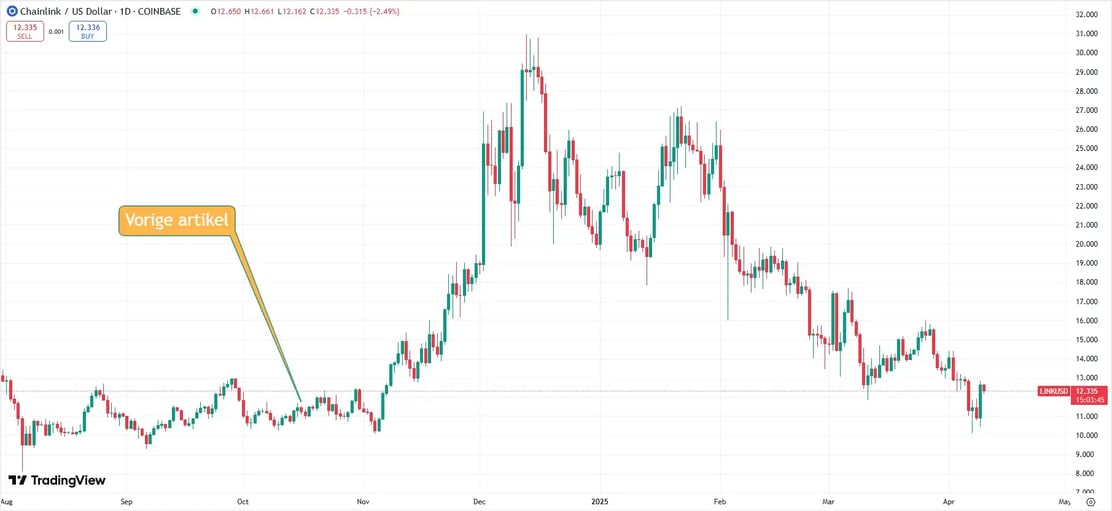
What could drive up the price of Chainlink?
1. Growth in RWA sector: The more traditional assets are brought onto blockchains, the greater the demand for reliable data connections.
2. CCIP adoption: More and more projects are testing cross-chain communication via Chainlink, which could make interoperability a new standard.
3. Strike and tokenomics: Since the introduction of strike (v0.1 late 2022, v0.2 late 2023), more and more $LINK has been removed from circulation, which is having a depressing effect on supply.

.svg)




